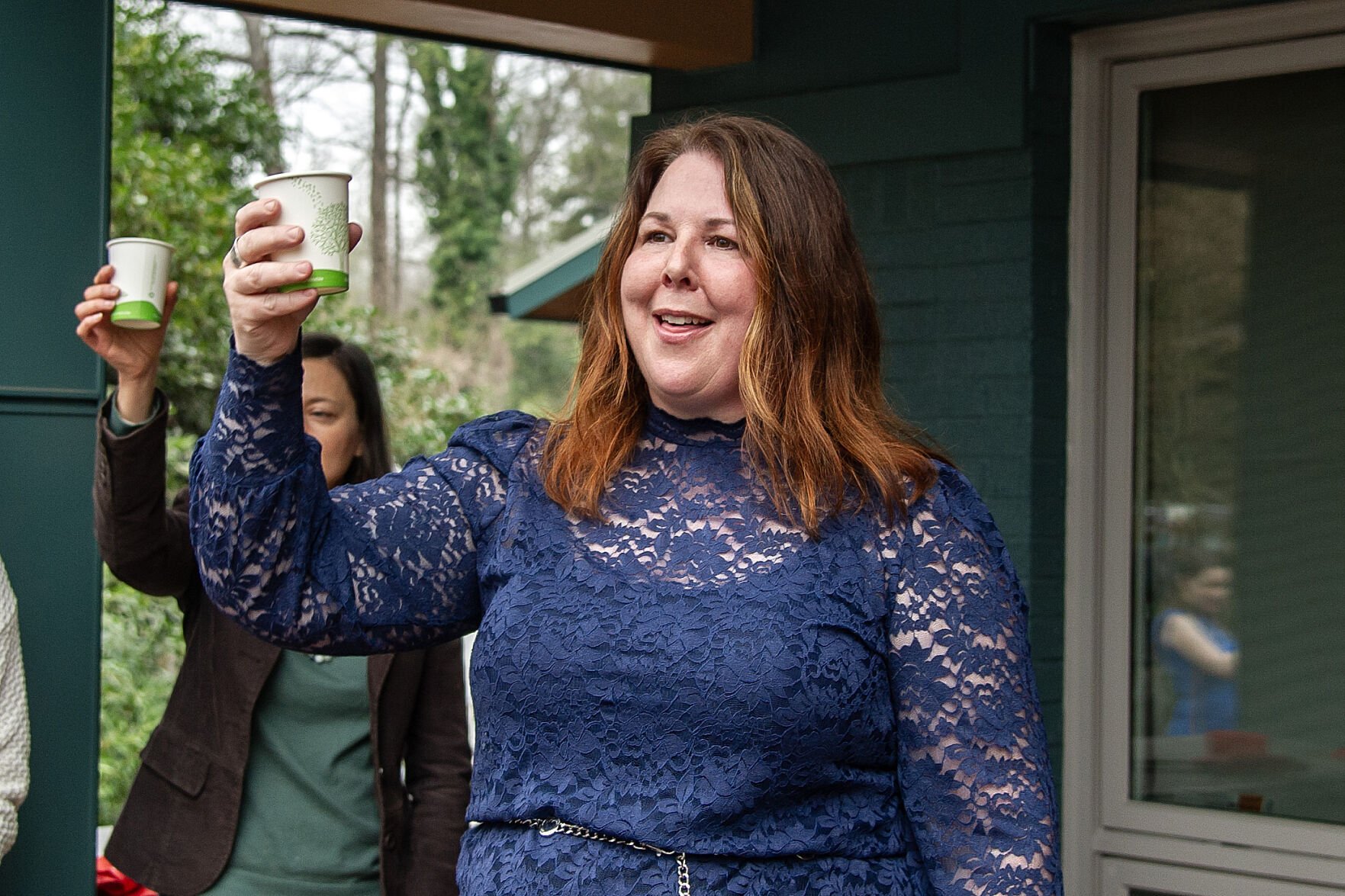How this interim CEO mastered the art of leading through uncertainty
Interim CEO Rachel Stephenson Sheff shares her framework for leading organisations through uncertainty, emphasising accountability and strategic clarity.

Rachel Stephenson Sheff knows what it means to step into the void. As interim CEO at I.G. Advisors, a social impact strategy consultancy, she embodies the growing trend of fractional leadership that is reshaping how organisations navigate periods of transition and transformation.
In an era where companies face unprecedented volatility, Stephenson Sheff's approach to interim leadership offers a masterclass in steering organisations through uncertainty while building sustainable foundations for the future. Her methodology centres on a simple yet profound question: "What is the best, most strategic use of my time and energy right now?"
The evolution of interim leadership
Stephenson Sheff's career trajectory illustrates the emerging value of generalist leaders in business transformation. With over 15 years advising influential organisations from B Lab to the Obama Foundation, she represents a new breed of executive who combines strategic thinking with operational excellence.
"I've always been a generalist," Stephenson Sheff explains. "Being interested in many things and connected to the zeitgeist on many fronts only strengthens and expands your worldview. Also, being good at many different kinds of tasks makes you better at managing across functions."
This interdisciplinary approach has become increasingly valuable as organisations seek leaders who can navigate complex, interconnected challenges. Her background spans musical theatre at NYU to running a strategy consultancy – a journey that underscores how diverse experiences can enhance leadership effectiveness during transitional periods.
Strategic framework for transformation
When leading organisations through business transformation, Stephenson Sheff employs a three-pillar framework that has proven effective across sectors. Her strategy must be simultaneously impactful, feasible, and fundable – what she describes as "equally essential" legs of a strategic stool.
"Many organizations struggle with prioritizing them," she notes. "They overly attach to historical programmes where impact is questionable, they limit feasibility to the current state of their team, or they pursue ideas with no sustainability baked in."
This framework becomes particularly relevant in interim leadership roles, where executives must rapidly assess organisational capabilities while implementing sustainable changes. Stephenson Sheff emphasises the importance of holding "the bigger picture, not drowning in the detail" – a critical skill for leaders managing transitions.
Cultural transformation and leadership behaviours
Perhaps most significantly for transition management, Stephenson Sheff addresses the often-overlooked relationship between strategy and culture. "Culture eats strategy for breakfast," she observes, "but, going upstream, leadership eats culture for lunch."
Her approach requires naming, in detail, the behaviours required to execute strategy, then examining whether those behaviours are encouraged, incentivised, and modelled. This becomes crucial during leadership transitions, where misalignment between stated strategy and actual behaviours can derail transformation efforts.
"A classic example is a strategy that requires speed and agility in an organization that prioritizes process and participation," she explains. "There is tension there that's not often explored."
The accountability imperative
Operating as an interim CEO has fundamentally altered Stephenson Sheff's approach to leadership accountability. "As CEO, the buck stops with you – there's nowhere to hide and no excuses to be made," she reflects. "There are very clear measures of success for the business that I'm accountable to."
This accountability extends beyond traditional metrics to encompass team welfare and organisational sustainability. "I have a team of people depending on my performance for their livelihoods," she notes, highlighting how interim leadership roles carry unique responsibilities for maintaining stability while driving change.
Interestingly, this high-pressure environment has led to what she describes as a more mature approach to work-life integration. "I used to wear burnout like a badge of honour. But since taking on leadership roles, and certainly since this CEO position, I've realized how deeply untrue that is."
Building next-generation transition leaders
Through her work with the 100x Impact Accelerator and I.G.'s Leadership Lab, Stephenson Sheff is developing future transition management capabilities. Her focus on "strong leadership" as essential "for anyone at any stage of their career, not just those with fancy titles" reflects broader industry recognition that transition skills must be distributed throughout organisations.
The leadership qualities she emphasises – visionary thinking, business acumen, and emotional intelligence – form what she calls "an unbeatable and self-regulating combo" particularly relevant for managing organisational transitions.
"You need to know the difference between your anxiety and your intuition," she advises, a distinction that becomes critical when leading through uncertainty and change.
The future of fractional leadership
Stephenson Sheff's approach to interim leadership suggests broader shifts in how organisations conceptualise executive roles. Her emphasis on asking powerful questions, challenging assumptions, and maintaining clarity during complexity offers a template for effective transition management in an increasingly volatile business environment.
As organisations continue to face rapid change and uncertain futures, leaders like Stephenson Sheff demonstrate that successful business transformation requires not just strategic thinking, but the emotional intelligence and operational excellence to guide people through periods of uncertainty while building foundations for sustainable growth.
This article is based on an interview originally published by Women of Influence and written by their editorial team. The original interview can be found at womenofinfluence.ca.




